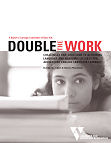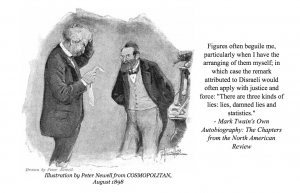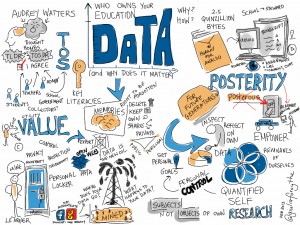I have spent a ridiculous amount of time (to the detriment of my hamstrings) sitting at my computer this summer. But when I find myself staring out of my window wishing I were somewhere that doesn’t have internet or phone service, I remind myself about who I’m working for this summer – my students.
Last June, I watched my “muchachos” graduate from high school. When I moved back to Henderson County 7 years ago and took a job at a middle school, these boys were 6th graders at varying stages of English Language proficiency. One of them had just moved to the United States from Mexico and he did not want to be here. He loved his life on his abuelo’s farm in Mexico; he was happy there. Here he didn’t speak the language– and he didn’t want to. He was either sick or sobbing several days a week those first few weeks. But he was lucky. He landed in a school with a group of Spanish-speaking peers who watched out for him. Some of these boys remembered what is was like adjusting to a new life in a new country. Others had been born in our county and knew the ropes. Plus he had teachers who not only were passionate about helping him adjust, but also passionate about helping him learn despite his language limitations. He had teachers who recognized that limited language is not a learning disability and did not set their expectations too low.
But this August, I’ll no longer be in the classroom with these students, somebody else will. For seven years, I’ve collaborated, co-planned, and co-taught with many of the teachers who will continue to teach these students, and I know I’m leaving them in great hands. But as explained in the brilliant 2006 publication from Alliance for Excellent Education, English Language Learners have to do double the work of their native-English speaking peers. They have to meet the same content standards while simultaneously learning academic English. In my experience, social studies classes have been an untapped resource for supporting language and literacy learning.
So I’ve been scouring the world wide web this summer looking for resources – learning activities, lesson plans, interactive websites, etc – that will align to the NC Essential Standards for Social Studies as well as support the English language development of ELLs. So when I start staring out the window again, I envision a social studies class where all students are thinking critically, reading and writing like historians, and analyzing primary sources. I hope that my seat time this summer will benefit the teachers of my former students.



